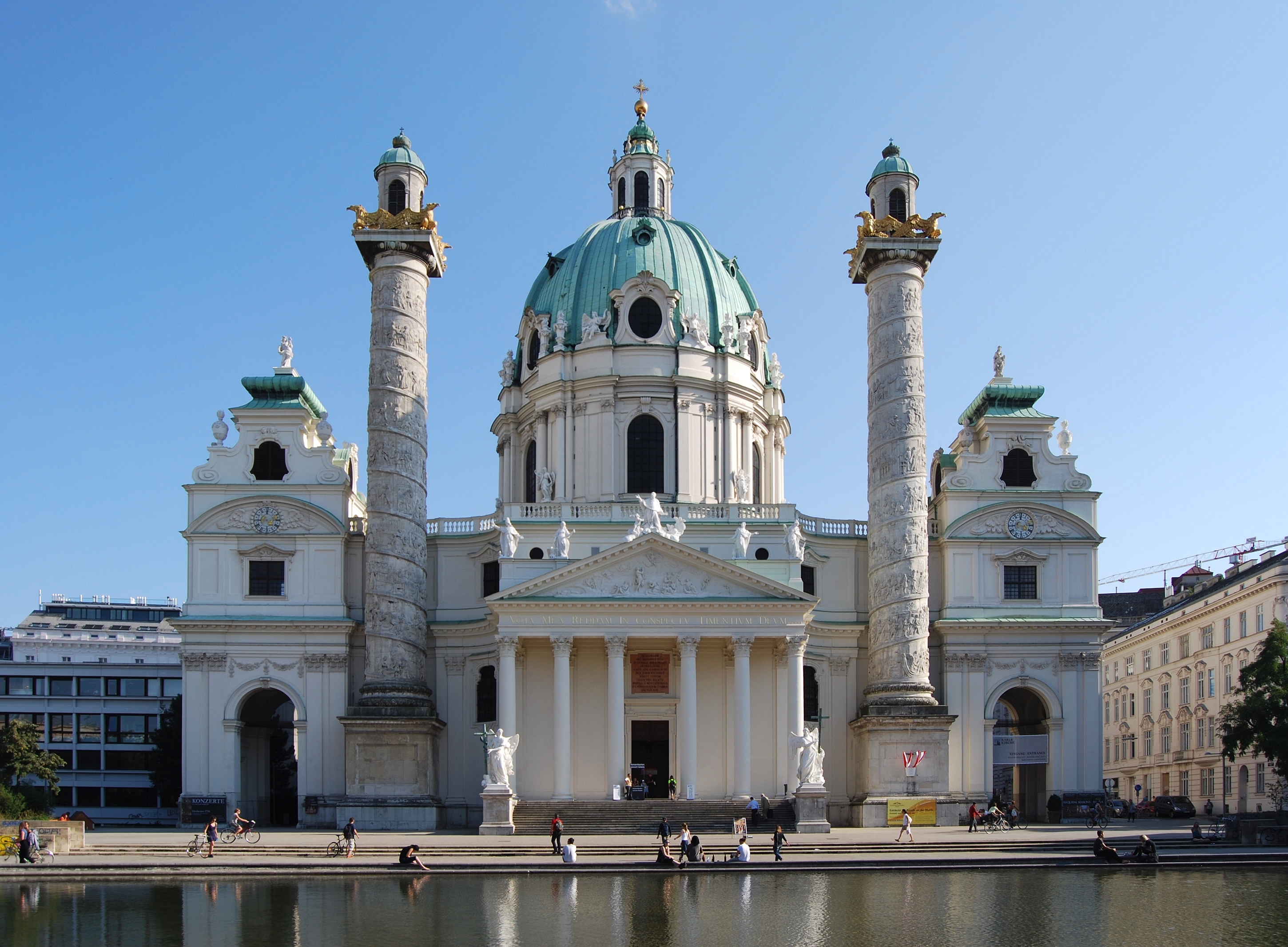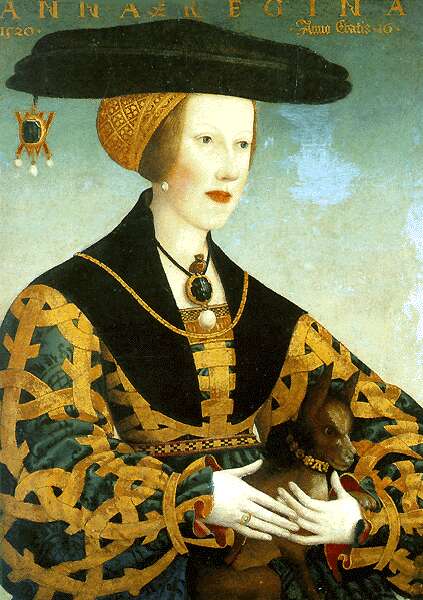|
Archduchess Maria Elisabeth Of Austria (1743–1808)
Maria Elisabeth of Austria (German: ''Maria'' ''Elisabeth Josefa Johanna Antonia''; 13 August 1743 – 22 September 1808) was an archduchess of Austria and princess of Tuscany, Bohemia, and Hungary as the daughter of Empress Maria Theresa and Emperor Francis I. She was an abbess of the Theresian Institution of Noble Ladies in Innsbruck from 1780 until 1806. Early life Born on 13 August 1743, Maria Elisabeth Josefa Johanna Antonia was the sixth (fourth living) of the sixteen children of Maria Theresa, ruler of the Habsburg monarchy, and Francis I Stephen, Holy Roman Emperor. She was given the customary education of an archduchess with a focus on religion, foreign languages, and etiquette, designed to make her a good consort. She was known as Elisabeth or Liesl in her family. As an infant, Elisabeth was small, frail, and sickly, worrying her family. Probably as a result of some gastrointestinal disease, she often failed to retain food and developed slowly. On the advice ... [...More Info...] [...Related Items...] OR: [Wikipedia] [Google] [Baidu] |
Archduchess Maria Elisabeth Of Austria (1680–1741)
Archduchess Maria Elisabeth of Austria (13 December 1680 in Linz – 26 August 1741 in Mariemont, Morlanwelz), was the governor of the Austrian Netherlands between 1725 and 1741. Life Maria Elisabeth was a daughter of Emperor Leopold I, Holy Roman Emperor, Leopold I and Eleonore-Magdalena of Pfalz-Neuburg. She was well educated and fluent in Latin, German, French and Italian. She never married. Governor In 1725, she was appointed Prince Eugene of Savoy's successor as the regent governor of the Austrian Netherlands by her brother, Charles VI, Holy Roman Emperor. Maria Elisabeth was described as a forceful administrator and a popular regent. Her independent politics, however, were not always appreciated in Vienna. She suspended the Ostend Company in 1727 and closed it in 1731. She had enough financial means at her disposal to uphold an elaborate court which stimulated culture and music. Among others, she patronized Jean-Joseph Fiocco, her maestro di cappella who dedicated sev ... [...More Info...] [...Related Items...] OR: [Wikipedia] [Google] [Baidu] |
Theresian Institution Of Noble Ladies
The Theresian Institution of Noble Ladies (), officially the Imperial and Royal Theresian Stift for Noble Ladies in the Castle of Prague, was a Catholic monastic chapter of secular canonesses in Hradčany that admitted women from impoverished noble families from 1753 until 1918. History The Theresian Stift was founded in 1755 by Empress Maria Theresa in order to serve as a religious order for impoverished noblewomen. The Institute officially opened in 1755 and was housed in Prague Castle, enrolling thirty unmarried young women from Austrian and Hungarian aristocratic families who were financially strained. The noblewomen lived as secular canonesses and were not required to take vows of celibacy and were allowed to leave the chapter in order to marry. The Institution was run by a princess-abbess, who was selected by the emperor. Each princess-abbess was, by birth, an Austrian archduchess from the House of Habsburg-Lorraine. With the closing of the neighbouring St. George's ... [...More Info...] [...Related Items...] OR: [Wikipedia] [Google] [Baidu] |
Joseph II, Holy Roman Emperor
Joseph II (13 March 1741 – 20 February 1790) was Holy Roman Emperor from 18 August 1765 and sole ruler of the Habsburg monarchy from 29 November 1780 until his death. He was the eldest son of Empress Maria Theresa and her husband, Francis I, Holy Roman Emperor, Emperor Francis I, and the brother of Marie Antoinette, Leopold II, Holy Roman Emperor, Leopold II, Maria Carolina of Austria, and Maria Amalia, Duchess of Parma. He was thus the first ruler in the Austrian dominions of the union of the Houses of House of Habsburg, Habsburg and House of Lorraine, Lorraine, styled Habsburg-Lorraine. Joseph was a proponent of enlightened absolutism like his brother Leopold II, Holy Roman Emperor, Leopold II; however, his commitment to secularizing, liberalizing and modernizing reforms resulted in significant opposition, which resulted in failure to fully implement his programs. Meanwhile, despite making some territorial gains, his reckless foreign policy badly isolated Austria. He has be ... [...More Info...] [...Related Items...] OR: [Wikipedia] [Google] [Baidu] |
Confessor
In a number of Christian traditions, including Eastern Orthodoxy, Catholicism, Lutheranism and Anglicanism, a confessor is a priest who hears the confessions of penitents and pronounces absolution. History During the Diocletianic Persecution, a number of Christians had, under torture or threat thereof, weakened in their profession of the faith. When persecutions ceased under Constantine the Great, they wanted to be reunited with the church. It became the practice of the penitents to go to the Confessors, who had willingly suffered for the faith and survived, to plead their case and effect their restoration to communion. Over time, the word came to denote any priest who had been granted the authority to hear confessions. Historically, priests were sometimes tested by officers of the church called examiners, before being granted this authority. As spiritual advisor An individual may have a regular confessor, sometimes called a "spiritual advisor" or "spiritual fathe ... [...More Info...] [...Related Items...] OR: [Wikipedia] [Google] [Baidu] |
Maria Amalia, Duchess Of Parma
Maria Amalia (Maria Amalia Josepha Johanna Antonia; 26 February 1746 – 18 June 1804) was List of Parmese consorts, duchess of Parma, Piacenza and Guastalla by marriage to Ferdinand I, Duke of Parma. She was born an Archduke, archduchess of Austria as the daughter of Empress Maria Theresa and Emperor Francis I, Holy Roman Emperor, Francis I. Upon her arrival in Duchy of Parma, Parma in 1769 until the death of her husband in 1802, she was the ''de facto'' ruler of the duchy. Early life Maria Amalia, known as Amélie, was born on 26 February 1746, in the Hofburg in Vienna, Archduchy of Austria, Austria, as the eighth child of Maria Theresa, ruler of the Habsburg monarchy, and Francis I, Holy Roman Emperor. She grew up in and near Vienna, in the Hofburg during the winters, and Schönbrunn Palace and Laxenburg castles during the summer. Education The sixteen children of Maria Theresa were raised in same-sex groups of two based on age, but as Maria Amalia was born between two ... [...More Info...] [...Related Items...] OR: [Wikipedia] [Google] [Baidu] |
Erzherzogin Maria Elisabeth 001
Archduke (feminine: Archduchess; German: ''Erzherzog'', feminine form: ''Erzherzogin'') was the title borne from 1358 by the Habsburg rulers of the Archduchy of Austria, and later by all senior members of that dynasty. It denotes a rank within the former Holy Roman Empire (962–1806), which was below that of emperor, and roughly equal to that of king, prince-(arch)bishop, and grand duke, but above that of sovereign prince and duke. The territory ruled by an archduke or archduchess was called an archduchy. All remaining archduchies ceased to exist in 1918. The current head of the House of Habsburg is Karl Habsburg. Terminology The English word is first recorded in 1530, derived from Middle French ', a 15th-century derivation from Medieval Latin ', from Latin ''-'' (Greek ) meaning "authority" or "primary" (see '' arch-'') and ' "duke" (literally "leader"). "Archduke" (; ) is a title distinct from "Grand Duke" (; ; ; ), a later monarchic title borne by the rulers of other Euro ... [...More Info...] [...Related Items...] OR: [Wikipedia] [Google] [Baidu] |
Wieden
Wieden (; ) is the 4th municipal district of Vienna, Austria (). It is near the centre of Vienna and was established as a district in 1850, but its borders were changed later. Wieden is a small region near the city centre. Wien.gv.at webpage (see below: References). After World War II, Wieden was part of the Soviet sector of Vienna for 10 years. __TOC__ History The name Wieden was first recorded in 1137, and is thus the oldest '' Vorstadt'' (former municipality within the '' Linienwall'') of Vienna. The main street ( Wiedner Hauptstraße) is certainly even older. The district was the site of the former royal Summer residence, which was completed under Ferdinand II, and was expanded many times until Maria Theresa sold it to the Jesuits. Today it is the Theresianum, a prestigious private boarding school, while the Diplomatic Academy of Vienna resides in a wing of the building. In the beginning of the 18th century, the development of Wieden as a suburb began. Many palaces an ... [...More Info...] [...Related Items...] OR: [Wikipedia] [Google] [Baidu] |
Gastrointestinal Disease
Gastrointestinal diseases (abbrev. GI diseases or GI illnesses) refer to diseases involving the Human gastrointestinal tract, gastrointestinal tract, namely the esophagus, stomach, small intestine, large intestine and rectum; and the accessory organs of digestion, the liver, gallbladder, and pancreas. Oral disease The oral cavity is part of the gastrointestinal system and as such the presence of alterations in this district can be the first sign of both systemic and gastrointestinal diseases. By far the most common oral conditions are dental plaque, plaque-induced diseases (e.g., gingivitis, periodontitis, dental caries). Oral symptoms can be similar to lesions occurring elsewhere in the digestive tract, with a pattern of swelling, inflammation, ulcers, and fissures. If these signs are present, then patients are more likely to also have anal and esophageal lesions and experience other extra-intestinal disease manifestations. Some diseases which involve other parts of the GI ... [...More Info...] [...Related Items...] OR: [Wikipedia] [Google] [Baidu] |
Queen Consort
A queen consort is the wife of a reigning king, and usually shares her spouse's social Imperial, royal and noble ranks, rank and status. She holds the feminine equivalent of the king's monarchical titles and may be crowned and anointed, but historically she does not formally share the king's political and military powers, unless on occasion acting as regent. In contrast, a queen regnant is a female monarch who rules ''suo jure'' (Latin for, "in her own right") and usually becomes queen by inheriting the throne upon the death of the previous monarch. A queen dowager is a widowed queen consort, and a queen mother is a queen dowager who is the mother of the current monarch. Titles When a title other than king is held by the sovereign, his wife can be referred to by the feminine equivalent, such as princess consort or empress consort. In monarchies where polygamy has been practised in the past (such as Morocco and Thailand), or is practised today (such as the Zulu people, Zulu ... [...More Info...] [...Related Items...] OR: [Wikipedia] [Google] [Baidu] |
Etiquette
Etiquette ( /ˈɛtikɛt, -kɪt/) can be defined as a set of norms of personal behavior in polite society, usually occurring in the form of an ethical code of the expected and accepted social behaviors that accord with the conventions and norms observed and practiced by a society, a social class, or a social group. In modern English usage, the French word ''étiquette'' (label and tag) dates from the year 1750 and also originates from the French word for "ticket," possibly symbolizing a person’s entry into society through proper behavior. There are many important historical figures that have helped to shape the meaning of the term as well as provide varying perspectives. History In , the Ancient Egyptian vizier Ptahhotep wrote '' The Maxims of Ptahhotep'' (), a didactic book of precepts extolling civil virtues such as truthfulness, self-control, and kindness towards other people. Recurrent thematic motifs in the maxims include learning by listening to other people, ... [...More Info...] [...Related Items...] OR: [Wikipedia] [Google] [Baidu] |




